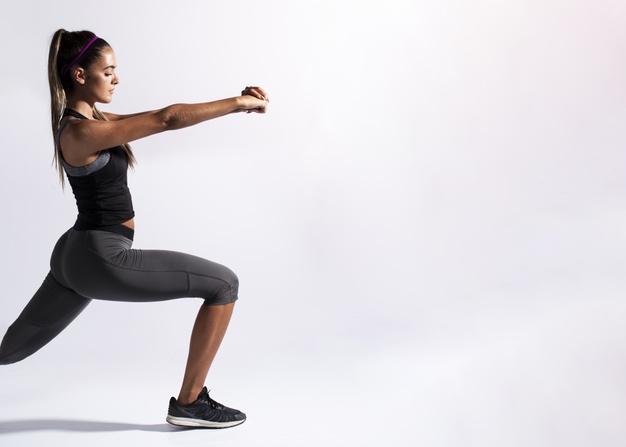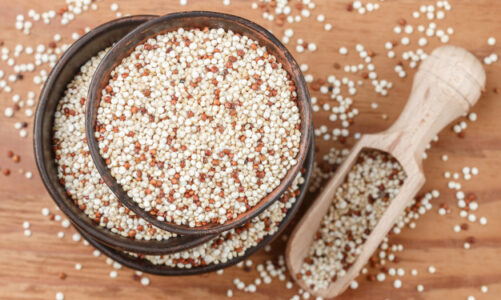A runner knows this well: in the race, as in training, the injury (unfortunately) is around the corner. In summer, but especially in winter, when cold, snow, ice and rain increase the risk of getting hurt.
At low temperatures the body stiffens, the muscles lose their elasticity (often already reduced in particular in runners who grind many kilometers), the viscosity of the blood increases and reduces its ability to transport oxygen to the muscles and eliminate toxins produced with training.
The result? The knees and ankles, as well as the lower back (lumbar area), the hips and the entire front and rear kinetic chain (the biceps and quadriceps, the calves) become glass.
To avoid strains, muscle tears, tendon and joint inflammations, it is therefore necessary to run for cover.
“Just a few extra little attentions and good practices to add to your pre and post race routine. Here are some useful advices to avoid injuring – and thus continuing to run happily and safely – even when the mercury column collapses.
Body activation before start running
You need to warm up and prepare your body with eight to ten minutes of active stretching before you start running. This applies to everyone, but in particular for those who run early in the morning and switch from body OFF mode to ON mode in a few minutes. It is important and necessary to dedicate the right time to muscle activation: a few simple simple exercises of mobility and stretching (for five / eight seconds) of the main muscle areas, such as quadriceps and hamstrings and calves, are sufficient to stretch the shoulders and pelvis .
Running shoes also suffer from the cold
In winter and when temperatures drop, it is good practice to keep your running shoes away from the cold, warm in the home, in the garage or in the cellar. The cold, in fact, stiffens the compound of the midsole, drastically reducing its cushioning capacity. With a hard shoe with little cushioning on the feet, all running vibrations are released on tendons, joints and muscles, and especially in the first ten / fifteen minutes of running, when the body is still cold, the risk of accidents increases.
Check the weather forecast before leaving
The more temperatures approach zero, the greater the chance of finding ice on the course. Mud also increases the risk of slipping, while darkness, fog and poor visibility of not seeing rough stretches along the road. If possible, better then prefer the central hours of the day to go for a run, which are the hottest and brightest, and decide the route based on the forecast weather conditions (avoiding, for example, the dirt roads in case of torrential rain) . For those who can run only in the evening, the use of a headlamp could help.
Massage with heating cream
There are many heating creams and ointments on the market and they all cry out to the miracle. They have beneficial effects on runners who, even in winter, run with light clothing and leave some parts of the body uncovered. The benefit of the massage to the legs and arms to apply it is added to the action carried out by the active ingredient contained in the cream.
Don’t forget stretching
Upon returning from the race, at least 15/20 minutes of well done stretching cannot be missing, with passive stretching exercises performed standing and then on the ground, unloading on a mat. And before going into the shower, it is important to drink at least two glasses of water (not cold) even if you don’t feel the urge to thirst, which in winter falls naturally. However, hydrating all day is a healthy practice to follow both before and in the hours following training.




